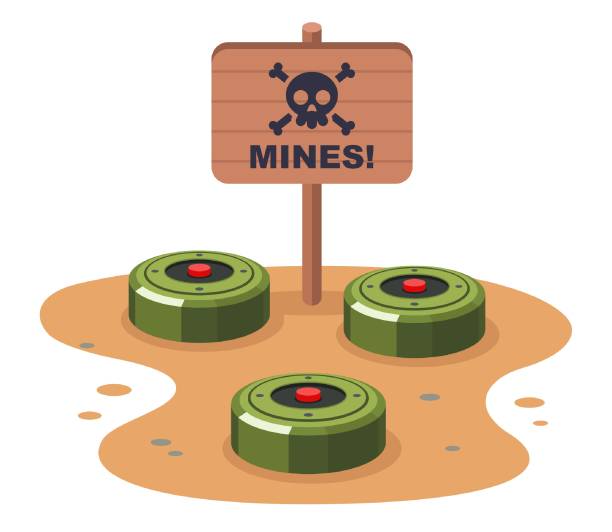
Russian threat sees Eastern Europe bring back land mines. Five out of six countries along the border with Russia and Belarus plan to secure their borders with land mines, aiming to protect NATO’s eastern flank from a possible attack. But the plan is highly controversial.
https://p.dw.com/p/4wbWn
ConflictsEurope
Russian threat sees Eastern Europe bring back land mines
Thomas Latschan
31 minutes ago31 minutes ago
Five out of six countries along the border with Russia and Belarus plan to secure their borders with land mines, aiming to protect NATO’s eastern flank from a possible attack. But the plan is highly controversial.
https://p.dw.com/p/4wbWn
A “Danger Mines!” sign is installed in front of the lines of barbed wire and pyramidal anti-tank obstacles in the field in Kharkiv region
Both Ukraine and Russia have used land mines since the Kremlin launched its war of aggression in February 2022Image: iacheslav Madiievskyi/Ukrinform/Photoshot/picture alliance
Advertisement
Since the start of the Russian war of aggression against Ukraine in February 2022, there has hardly been a more pressing issue for NATO than the defense of its eastern borders.
Over the past three years, five of the six NATO countries that share a border with Russia or Belarus — Finland, Estonia, Latvia, Lithuania and Poland— have already made significant investments to better secure these borders, for example with fences and surveillance systems.
But now, a new plan is in the works: land mines.
Eastern NATO member increase border security
Those five NATO countries recently announced their withdrawal from the Ottawa Convention, the 1997 treaty which bans anti-personnel mines worldwide and prohibits their use, production and transfer. Only Norway, which shares a nearly 200-kilometer (124-mile) border of almost 200 kilometers with Russia, wants to stick to the treaty.
Such mines are highly controversial, as they can be a danger for both soldiers and civilians. Uncleared mines remain a long-term threat after the end of a conflict: In 2023, nearly 6,000 people worldwide were killed or injured by land mines. Some 80% of the victims were civilians, including many children.
Clearing these explosive devices is dangerous, expensive and extremely time-consuming. According to the nongovernmental organization Handicap International, 58 countries around the world and other areas are still contaminated with land mines, even if some of the underlying conflicts ended decades ago.